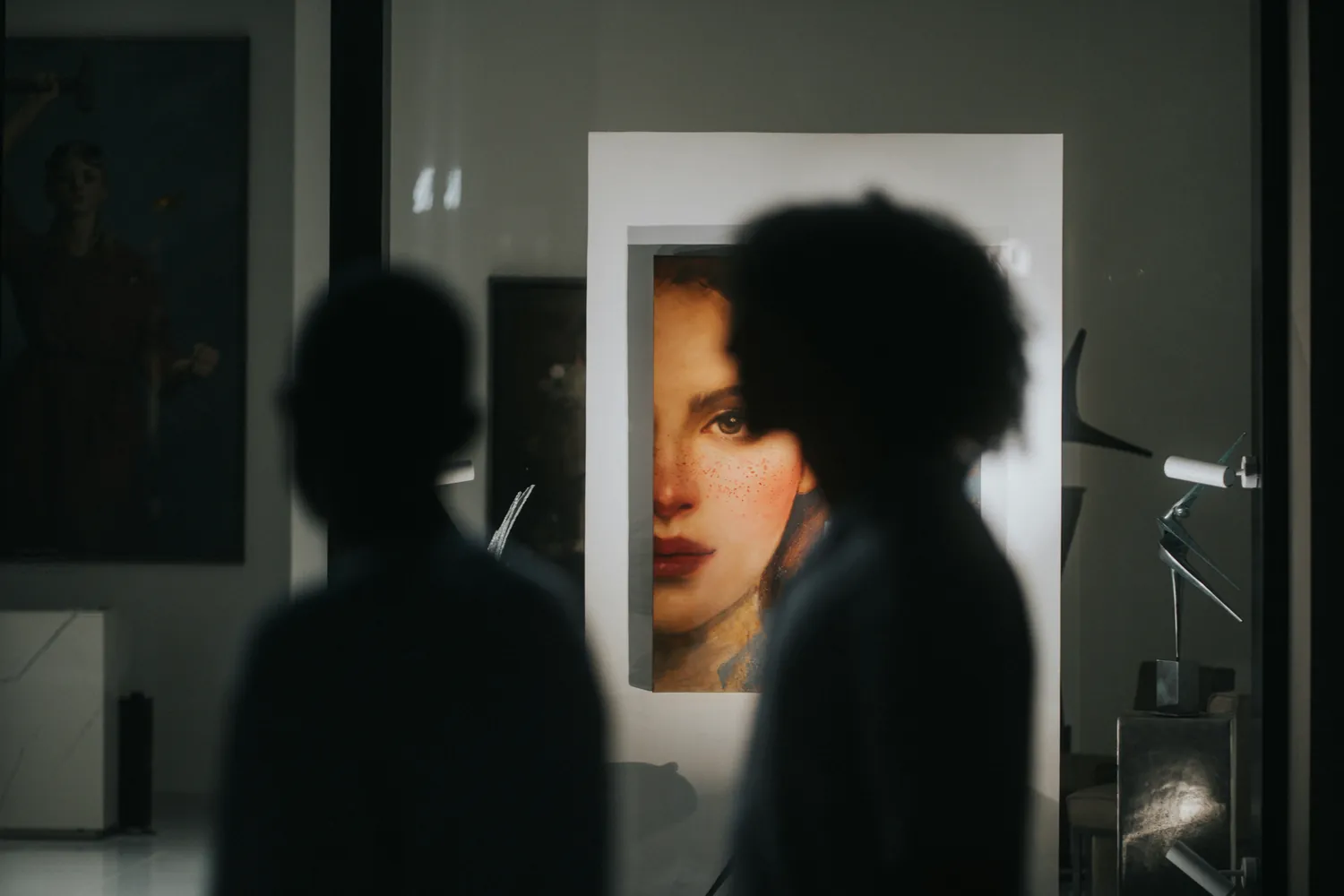Case Studies on How Artists Convey Emotion in Photorealistic Art

The Allure of Photorealism: Beyond the Surface
Photorealism, a genre that often mesmerizes with its startling accuracy, transcends mere replication of real-world images. At its core, photorealism is not just about mimicking a photograph; it embodies the emotions and stories that the artist infuses into the artwork. The question arises: how do artists manage to breathe life into these static images, and what methods do they employ to evoke such emotional depth?
In this exploration, we will delve into case studies of contemporary artists who seamlessly incorporate personal narratives and cultural history into their photorealistic works. Through these cases, we aim to uncover the layers of emotion embedded within seemingly simple images.
Case Study: Alyssa Monks - The Power of Vulnerability
Alyssa Monks, a celebrated figure in the photorealism domain, is known for her evocative paintings that explore human vulnerability. Her series of paintings depicting figures in foggy shower stalls capture more than just the physical form; they convey a profound sense of introspection and vulnerability.
Technique and Execution
Monks employs a technique that involves blending traditional oil painting with an innovative approach to capturing steam and water. She meticulously layers translucent paint to create the illusion of mist, thus setting a mood that is both intimate and universally relatable.
- Layering Technique: By applying thin layers of paint, Monks achieves a depth and texture that suggest moisture on glass surfaces, evoking sensations beyond the visual.
- Color Palette: Her choice of muted tones enhances the sense of tranquility and reflection, drawing viewers into a contemplative state.
The Emotional Core
The emotional power in Monk’s work lies in her ability to depict scenes that resonate with universal experiences of solitude and self-reflection. The water acts as a metaphor for cleansing, renewal, and the blurred lines between one’s public and private selves. Her paintings often leave viewers reflecting on their own moments of vulnerability.
Case Study: Roberto Bernardi - Everyday Narratives
Roberto Bernardi is another artist who masterfully conveys emotion through photorealism. Known for his vibrant still-life paintings, Bernardi focuses on everyday objects—items that may seem mundane at first glance but are charged with narrative significance.
The Methodology
Bernardi’s process involves meticulous attention to detail, where he recreates common household items with precision. His hyper-realistic style captures not only the physical aspects but also an emotional layer that transforms the ordinary into the extraordinary.
- Choice of Subjects: Bernardi’s selection of objects like candy wrappers or kitchen utensils evokes nostalgia and highlights personal histories embedded in daily life.
- Lighting and Shadows: He uses lighting strategically to create contrasts that bring drama and focus to his compositions, inviting viewers to see beauty in the mundane.
Emotional Resonance
Through his art, Bernardi invites viewers to pause and appreciate the simple moments of joy and nostalgia that are often overlooked. His work speaks to shared experiences, making his art both accessible and profoundly personal. In his hands, an ordinary scene becomes a portal to deeper reflection on time and memory.
Case Study: Yigal Ozeri - The Connection with Nature
Yigal Ozeri is renowned for his large-scale oil paintings that predominantly feature women in natural settings. His work stands out for its dreamlike quality and its exploration of humanity’s relationship with nature.
Artistic Process
Ozeri’s technique involves extensive use of photographs as references, which he then transforms into paintings that transcend mere photographic accuracy by infusing them with emotional depth.
- Use of Light: Ozeri masterfully manipulates natural light to create ethereal effects that enhance the emotional atmosphere of his scenes.
- Detail and Texture: Attention to fine details in hair, foliage, and fabric adds layers of richness and realism, allowing viewers to feel immersed in the scene.
The Emotional Canvas
Ozeri’s paintings often convey themes of freedom and introspection. The women in his work appear lost in thought or communion with their surroundings, creating a narrative that suggests harmony between humanity and nature. This theme resonates emotionally by highlighting our intrinsic connection to the natural world.
Comparative Insights: Techniques Across Case Studies
The techniques employed by Monks, Bernardi, and Ozeri reveal distinct approaches to conveying emotion through photorealism. While each artist works with different subjects and themes, their shared commitment to storytelling through detail is what imbues their art with emotional weight.
When to Use Each Approach
For artists aiming to express personal vulnerability, as seen in Alyssa Monks’ work, techniques involving intimate settings and translucent layering can be particularly effective. This approach suits artists interested in exploring themes of isolation or personal introspection.
If your focus is on highlighting everyday beauty, Roberto Bernardi’s attention to mundane yet nostalgic subjects demonstrates how emotional resonance can be achieved through detail-oriented realism paired with dynamic lighting. This is ideal for artworks meant to evoke memories or celebrate the familiar.
For those drawn to themes of nature and existential reflection, Yigal Ozeri’s method of capturing light and texture in natural settings provides a blueprint for creating artworks that suggest freedom and introspection through subtle storytelling elements.
Conclusion: The Emotional Depths of Photorealistic Art
The capacity of photorealistic art to convey emotion relies heavily on an artist's ability to intertwine narrative elements with technical precision. By examining these case studies, it becomes clear that while photorealism begins with replication, its true strength lies in its potential for storytelling—an emotional journey shaped by personal narratives and cultural contexts.
